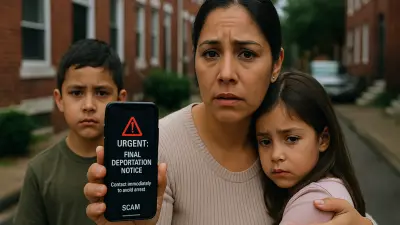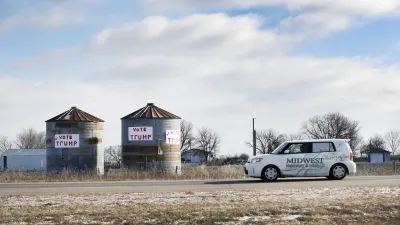Sedatives that mimic drugs like Klonopin often amplify the effects of opioids like fentanyl, increasing the risk of respiratory failure.

A powerful new sedative, never before detected in Maryland’s illicit drug supply, has been identified in drug samples collected after a mass overdose event in West Baltimore’s Penn North neighborhood last week.
The discovery underscores a deepening crisis in the region’s street drug market, where volatile mixtures are driving an escalating wave of fatal overdoses, the Washington Post reports.
The substance, N-methylclonazepam, is a synthetic benzodiazepine not approved for human use in the United States. It was detected alongside fentanyl in samples tested by researchers at the National Institute of Standards and Technology.
The combination is suspected to have played a role in the overdose cluster that sent dozens to emergency departments within hours.
While researchers cautioned that the tested samples may not be identical to those responsible for the overdoses, the findings reflect a larger, more troubling trend. There is an increasingly unstable drug landscape where users cannot predict what substances they are ingesting, and health care workers are left guessing in emergencies.
Baltimore, which recorded nearly 700 overdose deaths last year, remains among the hardest-hit U.S. cities in a national drug epidemic shaped by ever-evolving formulations.
Sedatives like N-methylclonazepam, often analogues of familiar medications such as Valium and Klonopin, amplify the effects of opioids like fentanyl, increasing the risk of respiratory failure.
When taken in combination, these substances can slow breathing and heart rate to fatal levels, often without users realizing the full extent of their potency.
For emergency room physicians, that unpredictability complicates already difficult treatment decisions.
Doctors often respond to overdoses with opioid reversal agents like naloxone, only to find that patients remain sedated, an indication that additional substances are at work.
In some cases, a mix of stimulants and depressants obscures symptoms, further delaying appropriate care. Medical professionals say such cases increasingly require prolonged hospital stays or respiratory support.
Longer-acting sedatives like xylazine, a veterinary tranquilizer that has recently become prevalent in Baltimore’s drug supply, have already challenged emergency protocols.
The detection of yet another new compound raises concerns about both the pace and scope of changes in street-level substances.
To confront this volatility, local harm reduction efforts have expanded testing initiatives.
Baltimore’s “Check It” van and the Maryland Rapid Analysis of Drugs program are central to these efforts, collecting residue from syringes, pipes, and other paraphernalia to map real-time drug composition.
While these efforts are not yet comprehensive, public health officials argue that scaling up sample collection could generate clearer insight into what drugs are circulating, and at what potency.
Researchers emphasize that better testing and broader data collection could help anticipate overdose spikes and identify especially dangerous batches.
For example, knowing how much of a substance like N-methylclonazepam is typically present in a dose, and how much was present in a spiked batch, could help providers adjust their emergency responses.
City officials are also pushing for more consistent communication between harm reduction services and municipal policymakers.
Some are advocating for real-time alerts, council briefings, or data dashboards to provide residents and legislators with timely access to information that may help prevent future tragedies.
Baltimore Mayor Brandon Scott has publicly reaffirmed support for drug testing and outreach.
His return to Penn North late last week came just hours after another local overdose cluster sent five people to hospitals in serious condition. Two others refused transport after receiving emergency care on the scene.







